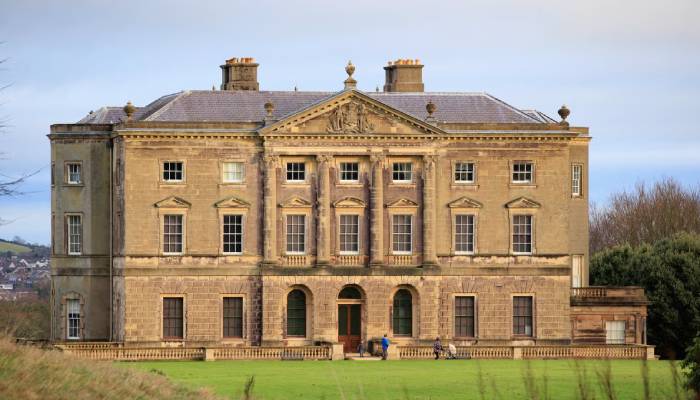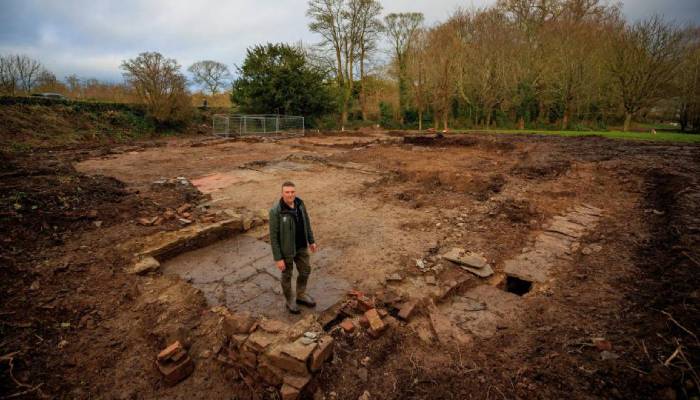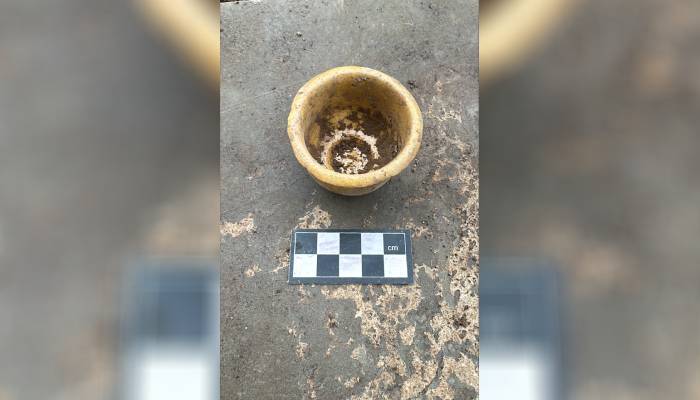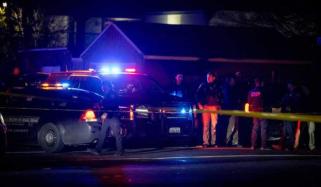
The recent discovery has stunned archaeologists when the remains of 300-year-old buildings were found at a country house estate during routine drainage work.
As per The Independent, the foundation of a courtyard and nearby buildings were uncovered in a densely vegetated area on the grounds of Castle Ward, located near Strangford, Co Down.
Reports suggest that these buildings were likely part of a domestic and farm-related complex used by the first house at Castle Ward.
In the middle of a cobblestone courtyard, there were several buildings, some of which had floors made of tiles and stone.

In addition to this, a sink, fireplace, cellar and a network of drains lined with stone were found.
A number of objects have also been found, including pottery, ceramics, glass bottles and animal bones that were discarded after being butchered.

One possible explanation for the destruction of the complex is that it was torn down when a new mansion was built.
Malachy Conway, the National Trust’s regional archaeologist for Northern Ireland, labelled the discovery as “really significant.”
He said, “There was nothing on our maps that was showing anything to be there and then, lo and behold, they stumble upon and suddenly find previously unknown building remains.”
Conway shared, “By and large, these are non-residential buildings, it’s almost a sort of mini-stable yard, or it’s a place where you’ve got possibly a little dairy or maybe where the laundry was.”
“We think this was the precursor to what was then built at the new house, the stable yards you see today,” he further added.












